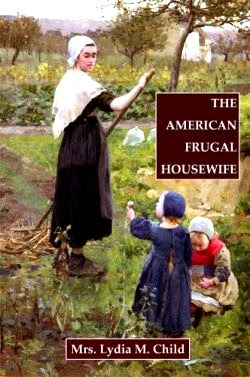 |
| Clockwise from top left: Ham, black beans and split pea soup, beef stew, beef cubes, plum jam, turkey, Alberta peaches, home grown pears, corn relish; Center: beef burgundy and beef strogonoff |
We like the convenience of having some of our preparation already done when we start a meal.
I have started to look at canning as something of a hobby, not just a “get-out-of-my-way, I’m going to make a mess” sort of big project, under pressure because we have too much ready in the garden. I now can all year round – especially in the spring, after the holidays, but before it gets too hot. That’s when I can most of my “convenience” foods. If you are going to have a hobby, why not let it be one that saves money and is good for you.
Some of the convenience items we can are potatoes for frying, mashed, etc., canned turkey, ham, chicken, beef stroganoff, beef burgundy, beef stew, meatballs, split pea soup, navy bean soup, black beans, canned soup vegetables (onion, carrot and celery and sometimes green beans), spaghetti sauce, extra broth, corn relish, bean salad, fruits, etc., etc.
To use my canned convenience items, I can combine a jar of meat, soup veggies, some extra broth and heat together with frozen homemade noodles, quick barley, or brown rice, and have a variety of soups quickly. I can thicken the broth on meatballs, stew, chicken, beef burgundy or stroganoff and serve them with potatoes, noodles, rice, biscuits or cornbread, etc. etc. Beef and pork can be served with BBQ sauce in sandwiches. I heat the bean soups and serve with cornbread, biscuits, or homemade bread. Chicken, turkey, ham, beef and beans can be used in many casserole recipes, pot pies, even cold salads or sandwich fillings too, any recipe that calls for cooked meat or beans. If I don't use the broth from the jar, I save it and add it to the next soup or gravy.
Canned fruit can be quickly made into crisps, pies, cobblers, etc., besides serving with just a cookie for dessert. Keep a few jars in the refrigerator, always cold and ready to serve. We love Elberta peaches for canning, you can only rarely buy these commercially canned; they are so flavorful compared to cling peaches. We wait for them to “come in” at our local grocery. Of course, canned vegetables are always easy to use, I especially like mixed combinations, and add them to stews, soups and casseroles and salads.
For summer canning, Myrna cans pickles, and we both put up relishes, jams, marmalades and jellies – the items that help ‘fill out’ a meal. We never turn down produce from folks who have too much – neither of us have big gardens anymore – but it’s surprising how much I still can. We can any vegetables we grow or are given, like green beans, carrots, potatoes, and all kinds of tomato products.
The best thing about canned products is I don't need to thaw them to have a meal in minutes. My grown son calls me the "twenty-minute cook". When I was a kid I admired some farm wife friends of ours who could seem to wander into their kitchens and produce a meal for drop-in guests without much fuss, I just didn't realize then how much they relied on their canned goods to fill out a meal - including pickles, jams and jellies, and fruit "sauce".
We have a few examples of recipes to try using home-canned foods.
We have a few examples of recipes to try using home-canned foods.
















?Do you have a canning book giving instructions for canning the items such as ham, beef stew, and other useful items? I have a granddaughter who is getting married and actually asked me about helping her learn to can and this would be a useful thing for her to have. I have gotten her the Ball Blue Book. I can chicken breasts, porkloin, and items like that when I can find them on sale and they are so handy to have to make chicken and noodles/dumplings, or barbecued chicken or pork. I always have garden and can stuff from it - everything just seems to taste better when you can it yourself.
ReplyDeleteTwo books I can from a lot are a 1973 Better Homes and Gardens canning book (an oldie but goodie) and also older Kerr canning books from the 1980's or older, as well as the 1970's Farm Journal canning books. The recipes are well-seasoned and tasty, better than the newer Ball books for seasoning.
DeleteThey can be found on line and I often see them in "antique" malls or flea markets too.
I also like the newer book...Practical Produce, also easy to find on-line.
Here are some links to our reviews of cookbooks...
Better Homes and Gardens Canning Cookbook 1973
The Practical Produce Cookbook 1997
Just remember when using older canning books to use the timing from the newer Ball Books. I agree with Sue that many of the older books are what I use to can also. These we use are not that old that the recipes are not safe to use.
ReplyDeleteI am looking forward to this year's canning series! I have been wanting to learn to can for some time (which is actually how I found your website). Thank you for the wealth of information you have shared and continue to share!
ReplyDelete